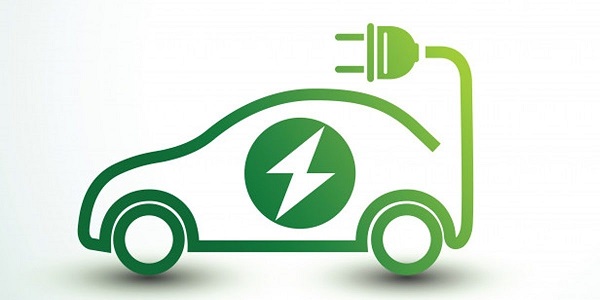New Delhi, (Samajweekly) New research suggests that India needs to grow financial support for renewable energy to reach its goals for ‘Aatmanirbhar Bharat’ and clean energy transition as part of the economic recovery from COVID-19.
A study titled Mapping India’s Energy Subsidies 2021: Time for renewed support to clean energy, released on Thursday by the International Institute for Sustainable Development (IISD) and the Council on Energy, Environment and Water (CEEW), finds that subsidies to renewable energy fell by 45 per cent from the fiscal year (FY) 2017 peak of Rs 15,470 crore to Rs 8,577 crore in FY 2020.
According to experts at IISD and CEEW, new funding for clean energy is crucial to progress the transition that is already underway in India.
Researchers point to positive trends such as the increasing subsidies for electric vehicles, which jumped 135 per cent from FY 2019, reaching Rs 1,141 crore in FY 2020 due to growing public demand for electric mobility. But they also note that the full benefits of electric transport can only be achieved if there is a green electricity mix.
The report explains that renewable energy subsidies are at a standstill due to a combination of factors including grid-scale solar and wind achieving market parity, lower deployment levels, and subsidy schemes nearing the end of their allocation period.
“It is time for a new wave of support measures focused on emerging technologies such as grid integration and storage, decentralized renewable energy, green hydrogen, and offshore wind,” says study co-author Balasubramanian Viswanathan of IISD.
“India must deploy historic levels of about 39 GW every year to meet its admirable target of 450 GW of renewables by 2030. It is hard to imagine achieving this goal without the right support policies. And the prize is big: curbing air pollution, addressing the climate crisis, and kick-starting a green economic recovery.”
On the other hand, oil and gas subsidies jumped 16 per cent from FY 2019 to FY 2020, largely due to financial support for household consumption of liquefied petroleum gas (LPG). Experts note, however, that LPG subsidies were suspended during the FY 2021 oil price crash and have not yet been reintroduced. This may reduce oil and gas subsidies in future years, but has led to new concerns around clean energy access, as no alternative support for clean cooking has been provided.
Meanwhile, the researchers commended the government on its commitment to successfully phase out kerosene subsidies by FY 2022, which should also reduce total oil and gas subsidies.
Overall, the study finds that support for fossil fuels has increased as of the latest year of comprehensive data, hitting Rs 70,578 crore in FY 2020. This is over seven times the sum of subsidies to clean energy.
Experts highlight that reforming fossil fuel subsidies can generate valuable additional resources for economic recovery from COVID-19 and investments in clean energy.
The report also identifies other government measures that can promote energy transition.
“Redirecting a share of coal tax revenues to clean energy and supporting communities, regions, and livelihoods impacted by the transition will help ensure a just and equitable energy transition,” says co-author Prateek Aggarwal of CEEW.
“Further, the government should encourage public sector undertakings, which are currently investing more in fossil fuels, to set ambitious targets for high levels of investment in clean energy and establish national capacity in manufacturing.”










